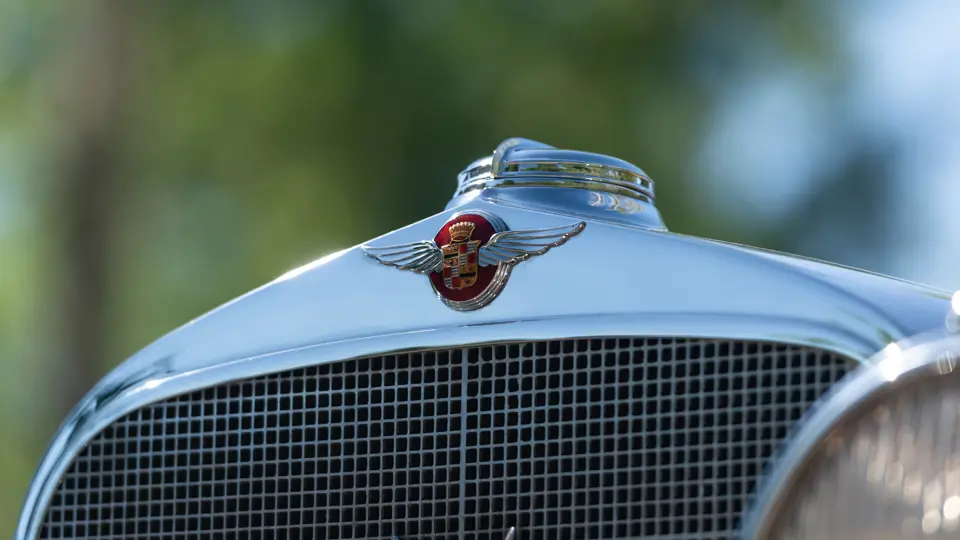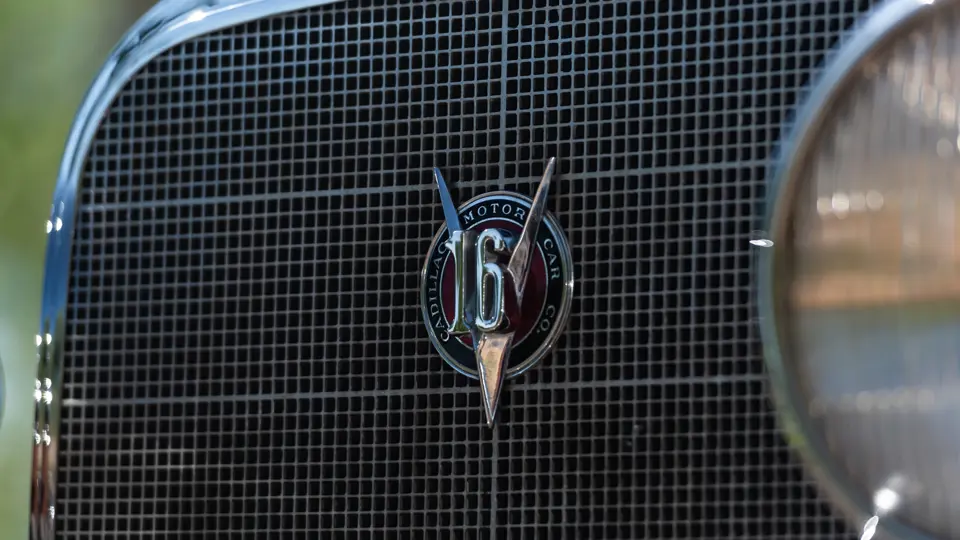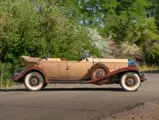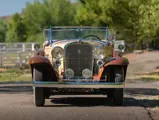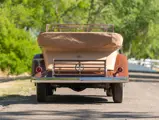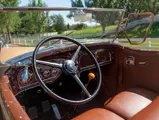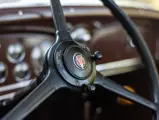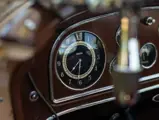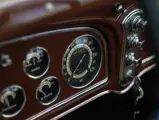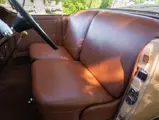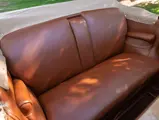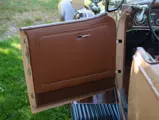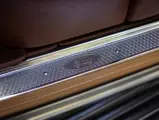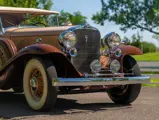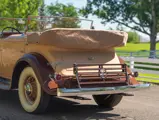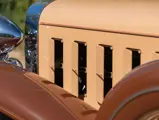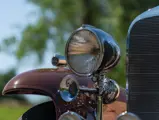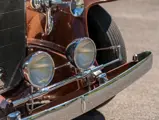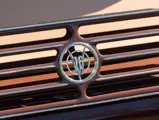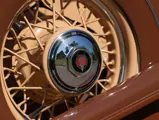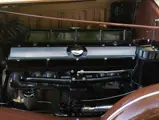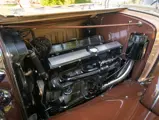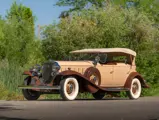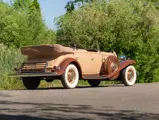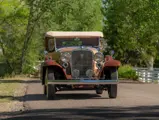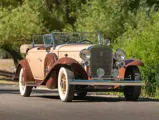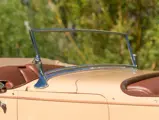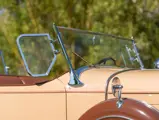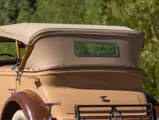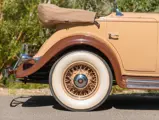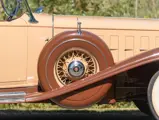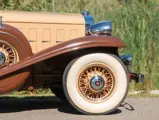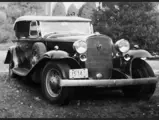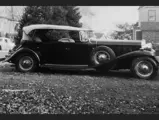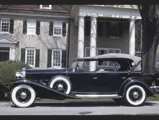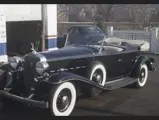
1932 Cadillac V-16 Sport Phaeton by Fisher
{{lr.item.text}}
$940,000 USD | Sold
{{bidding.lot.reserveStatusFormatted}}
- Offered from prominent ownership of over 30 years
- The only original 1932 V-16 Sport Phaeton known to have been built
- Well-respected and authentic, with known history from new
- Formerly owned by Bayard Badenhausen and Otis Chandler
- Documented by a copy of its build sheet
- Classic Car Club of America (CCCA) Full Classic
A UNIQUE SPORT PHAETON
Cadillac sold only 300 V-16s in 1932—but it was the result of the Great Depression, and no reflection on the quality of the automobile they built. Not only was the V-16 superbly engineered, but fresh new styling gave it a sporty air, care of the lengthened hood, lowered roofline, more curved fenders, and streamlined headlamp shells. It was a powerful, costly machine that looked the part and was among the most visually distinctive of its era.
Some of the V-16 styles once produced by Fleetwood were now handed over to Fisher for 1932, though they lost nothing in their beauty of line and quality of construction. Among these was the Sport Phaeton, style no. 32-16-279, one of no fewer than three variations offered on the phaeton theme. Whereas previous V-16 Sport Phaetons had incorporated a rear seat windshield concealed within the front seat back, the 1932 Sport Phaeton featured a traditional folding windshield on a full hinged tonneau, and was a genuine “dual-cowl” design.
According to a letter published in the Classic Car Club of America Bulletin, No. 1 2013, by Alan Merkel and Dyke Ridgley, the car offered here, engine number 1400219, is the only original V-16 Sport Phaeton definitively known to have been built in 1932. A second car may have been built, but that car’s build sheet is ambiguous and the trim codes listed, as well as the factory shipping ledger, indicate that it was not delivered as a dual cowl Phaeton.
THE PILOT’S V-16
The original build sheet for this car, a copy of which is on file, is tagged “Lieber.” Francis Lieber, a 25-year-old commercial air pilot at a time when that role was filled with romance, had watched test runs of a V-16 phaeton in 1931 and had been much-impressed by its performance. As the story is told, he bid his time and after the Sport Phaeton remained unsold in the Philadelphia showroom for several months, he bought it—at a $2,000 discount. (This is contradicted by the fact that the car was “tagged” for him and already noted as “sold” on its build sheet—but who wants to get in the way of a good tale?) As one would expect from a man of his occupation, Mr. Lieber drove the car at the speeds for which it had been manufactured. Found by William Schmick of the Philadelphia Evening & Sunday Bulletin in 1974, the original owner recounted, “It was a beautiful, impressive machine, fast, too. I raced it at Daytona Beach, in ’33 clocked in at 116 mph. Not many cars could handle that kind of speed at the time.”
Unfortunately Mr. Lieber’s discount V-16 proved no discount at all when he could not afford the gasoline for it. In 1934 he sold the car to an oil broker, Joseph Dexter, who used it for family trips to Vermont and the Jersey Shore.
By 1937 the car had returned to Main Line Cadillac, which sold it to a local livery company that used it for funeral processions—mainly as a flower car, a use for which the rear tonneau was removed. It was eventually sold to one of the company’s employees and sat in Brewerytown until December 1942, when a young student, Gene Matlack, bought it for $42 in ration stamps. Matlack refinished the Cadillac and sold it for $175 around 1944 to Bayard Badenhausen, a pioneering enthusiast and prolific owner of “The Great Cars” in this era. Photographs taken in the Badenhausen ownership show the Cadillac to still be in its original livery and, aside from the missing rear cowl, intact and well-preserved.
Badenhausen later sold the Cadillac to Fred Wetherill, who, continuing a history of colorful transactions, eventually sold it to pay for his wedding. Several short-term owners followed, bringing the car to Wilmington, Delaware, where it escaped one owner’s plans for a tow truck when lumber salesman Paul Brake bought it for $275. Brake apparently hoped for a quick “flip” and so drove the car in a local parade in Cambridge, Maryland, where Antique Automobile Club of America member Walter Tilghman spotted it. Tilghman fell in love and had soon bought the V-16; he listed it, by its engine number, in the AACA roster for 1954, and owned it until his death in 1958.
Mrs. Tilghman sold the Cadillac and a pair of Rolls-Royces from her husband’s stable to another avid early collector, Judge John North II of Easton, Maryland. Judge North, in turn, sold the car as part of a package to Mary Hecht, a colorful car collector and dealer in Alligerville, New York. Photos on file from the Hecht ownership show it once again in an excellent state of preservation. It was from Ms. Hecht that the Sport Phaeton was purchased by George Stuart, who completed its original restoration, with the rear tonneau reproduced and refitted; reportedly the restoration cost $77,000—a small fortune at the time.
Mr. Stuart sold the Cadillac in 1972 to revered collector Otis Chandler, then in the early stages of building his first great stable of Full Classics. In his ownership the car was featured in Roy A. Schneider’s well-known tome, Sixteen Cylinder Motorcars: An Illustrated History. From Mr. Chandler the car passed to the noted V-16 connoisseur, Gifford Oborne of New Jersey, then in 1988 from the Oborne estate to Fred Weber of Missouri. In Mr. Weber’s care the restoration was lightly freshened, with new undercarriage paint.
It was from Mr. Weber that the current owners acquired the Cadillac in 1990—and it has quietly resided in their comprehensive, well-chosen, and meticulously preserved collection for over 30 years. While the restoration does have a patina of age as would be expected, the car has held up extremely well over the years, testament to the collection’s care, and is still very attractive. Further, it is wonderfully authentic, retaining its original body number tag, and the chassis frame and engine unit numbers are both still visible and match the build sheet. It would either be an outstanding high-performance CARavan entrant, or an ideal basis for a full restoration that would undoubtedly be among the most striking on any concours field upon completion.
There are few more exciting Classics on the market. Boasting exceptional design, performing, and history, it is a true tour de force of American talent of its era.




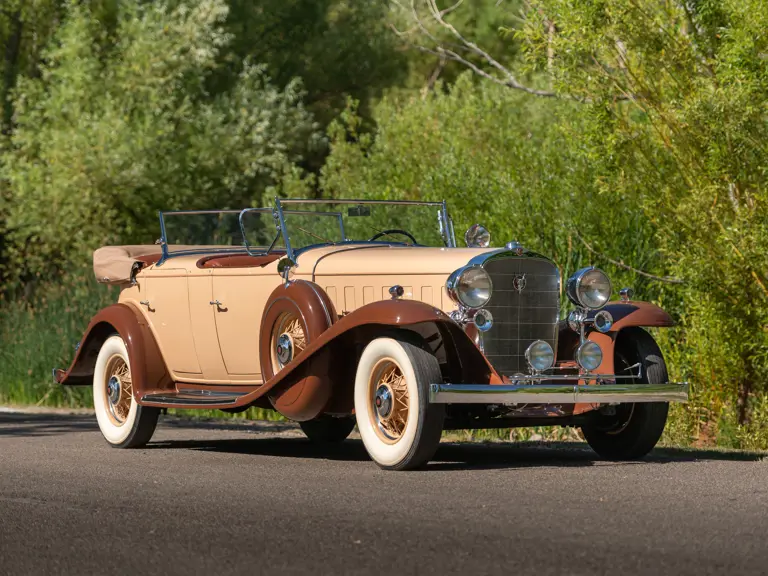
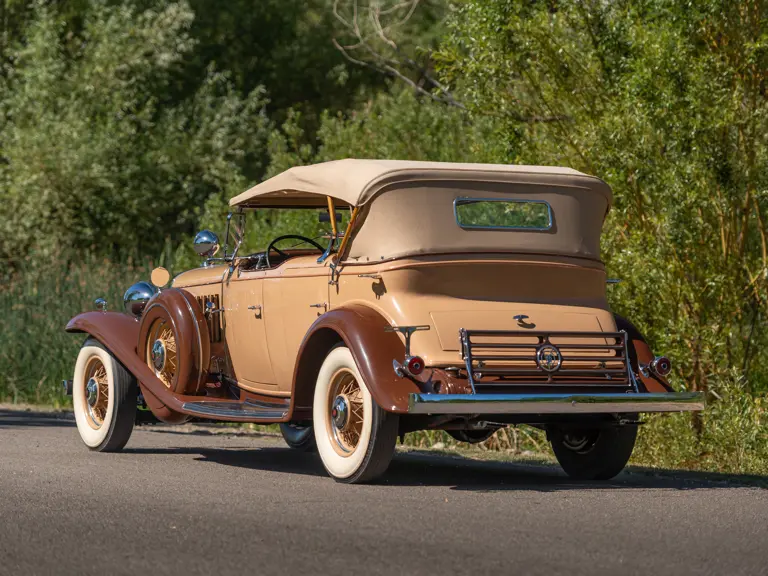


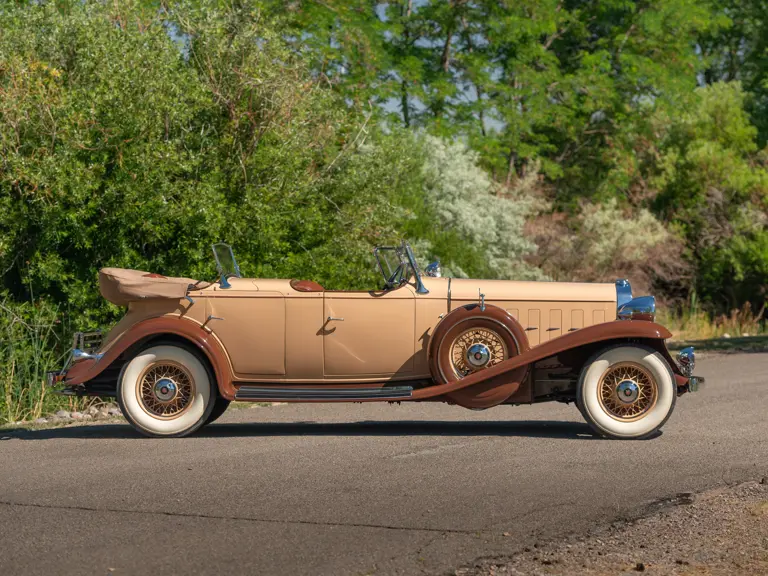
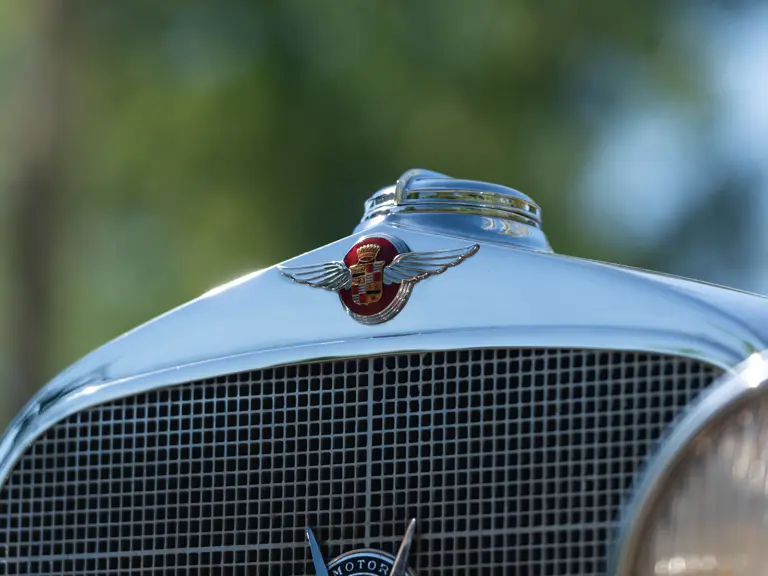

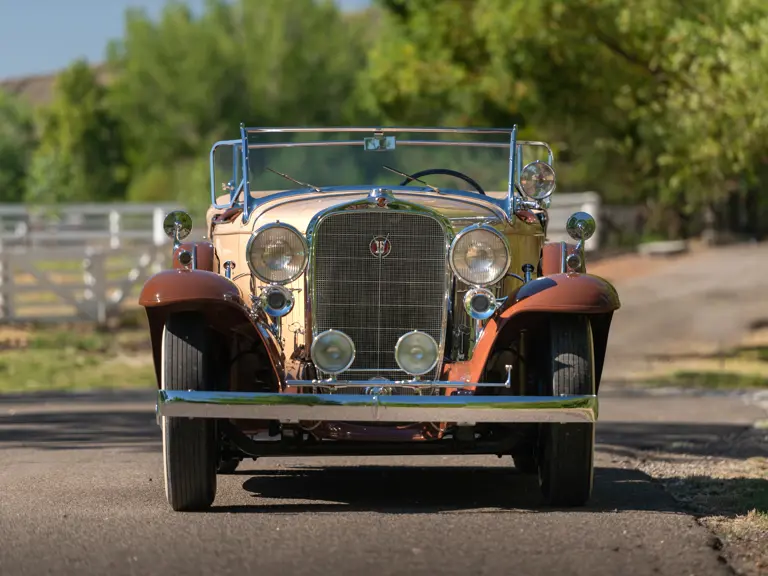
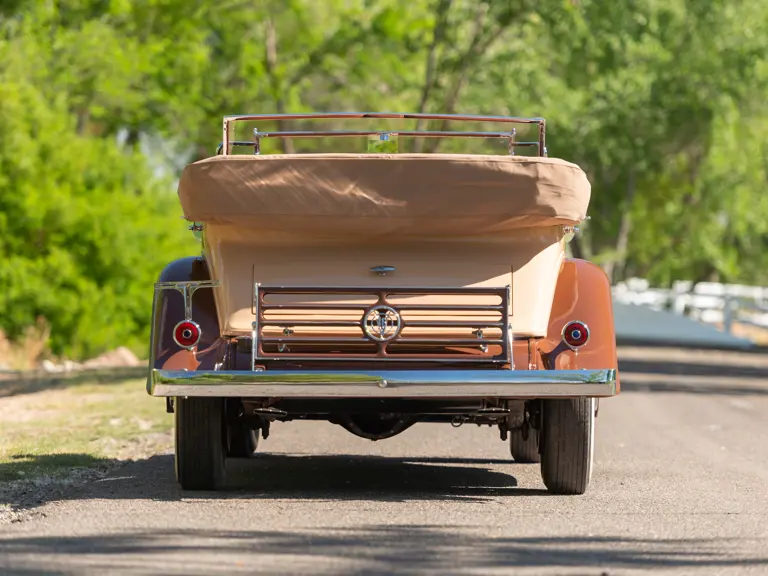
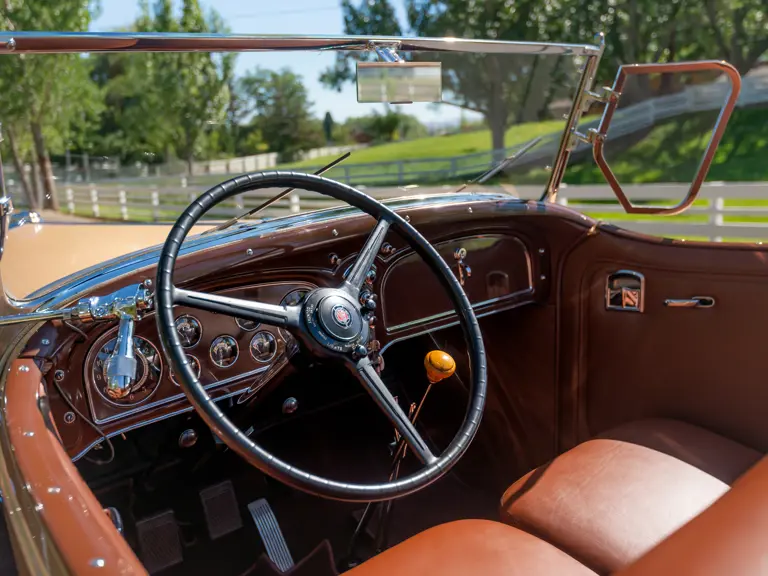




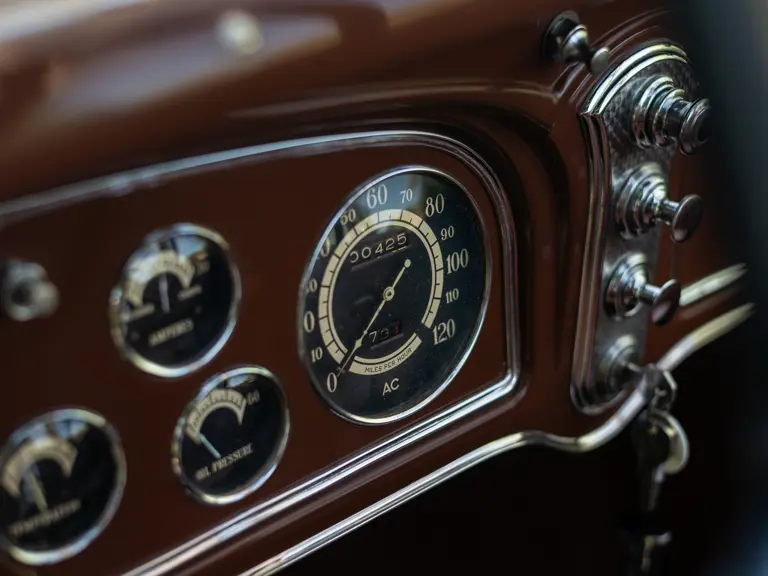
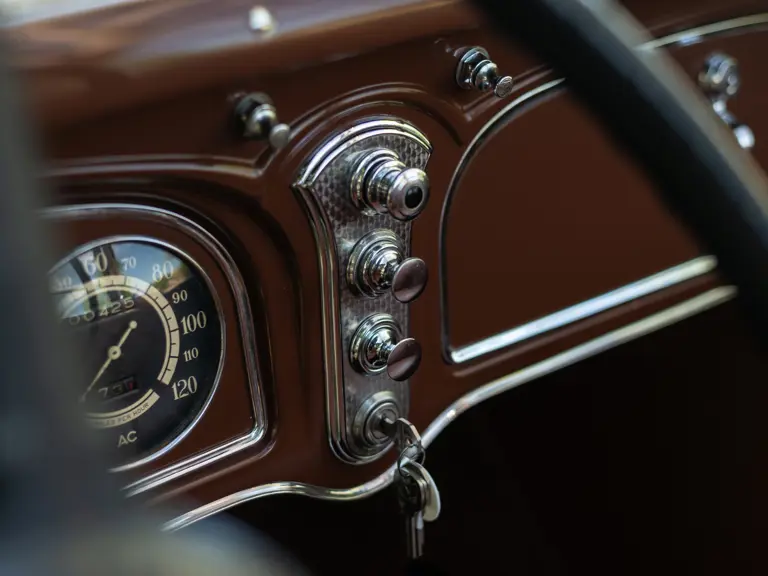

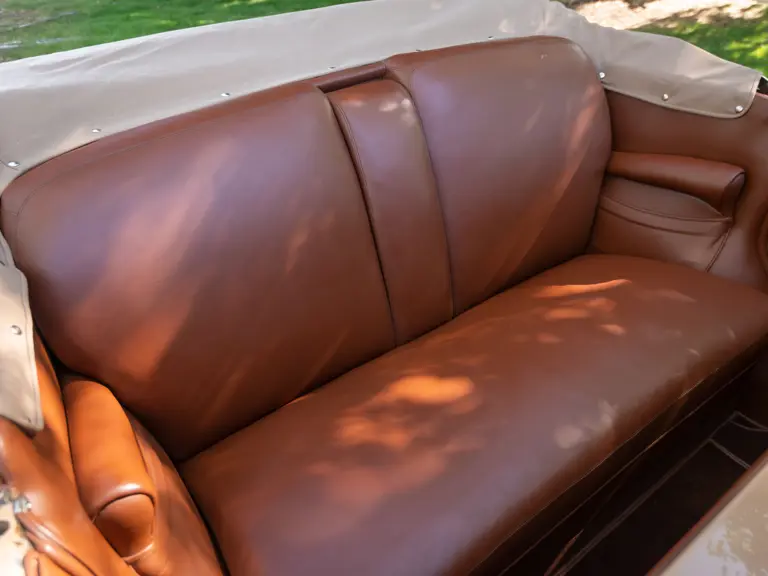
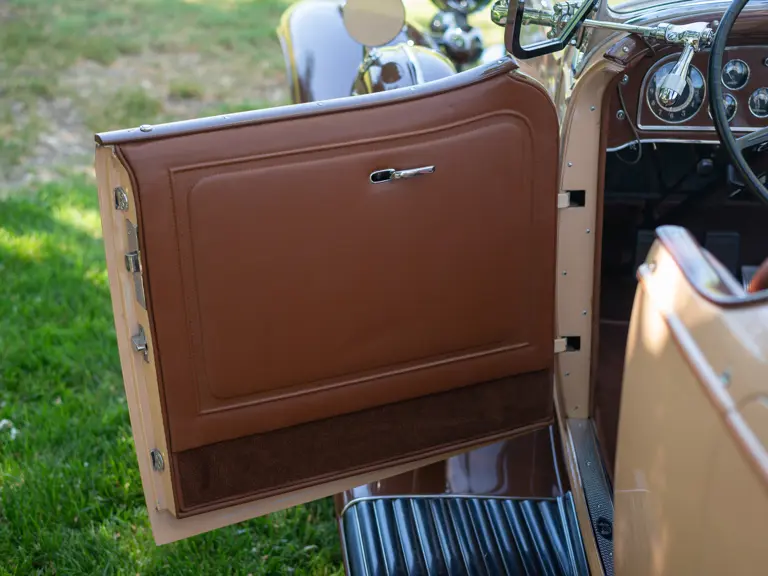


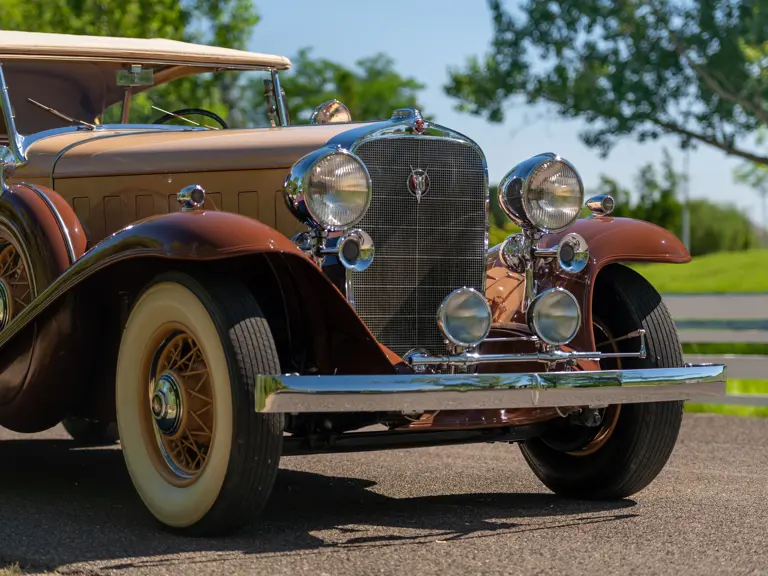


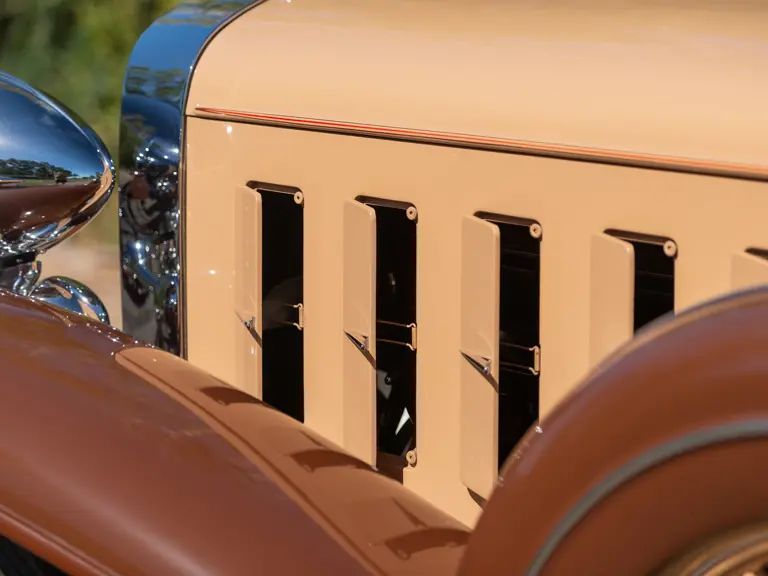
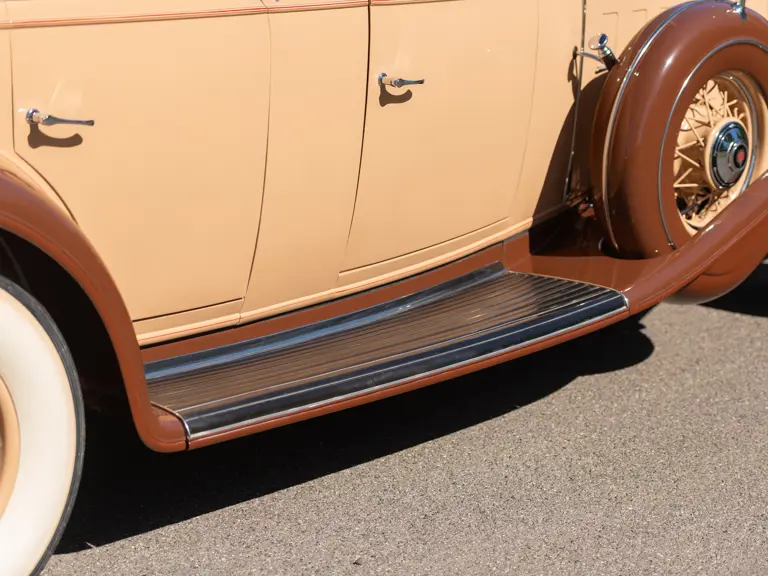
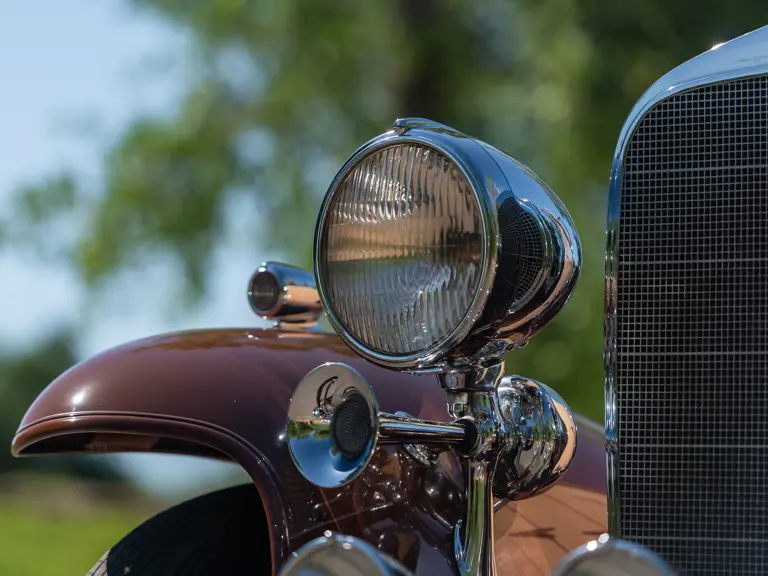

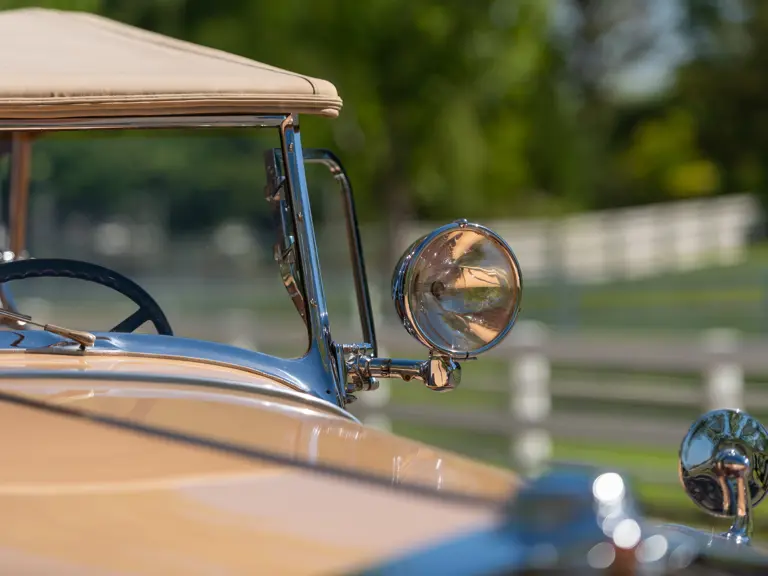
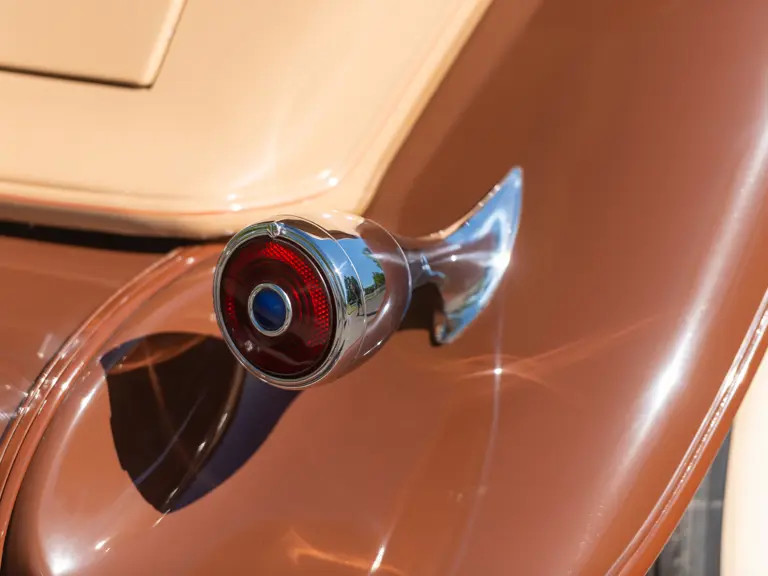
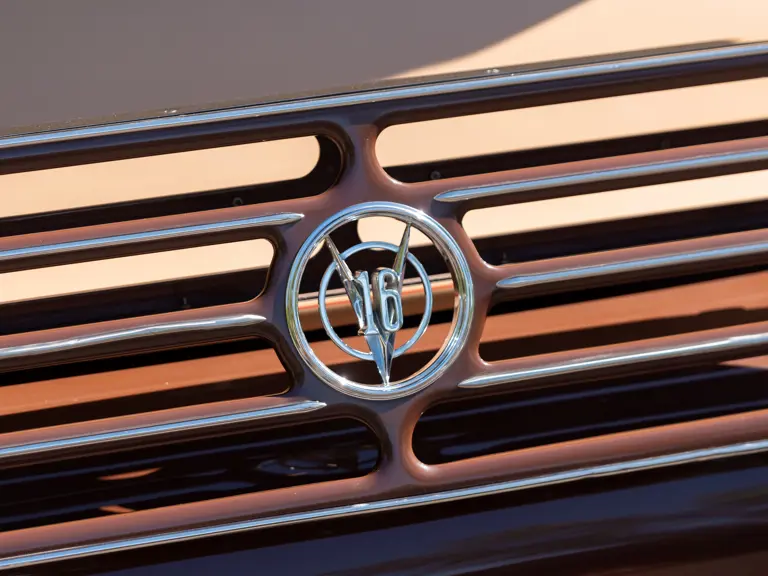
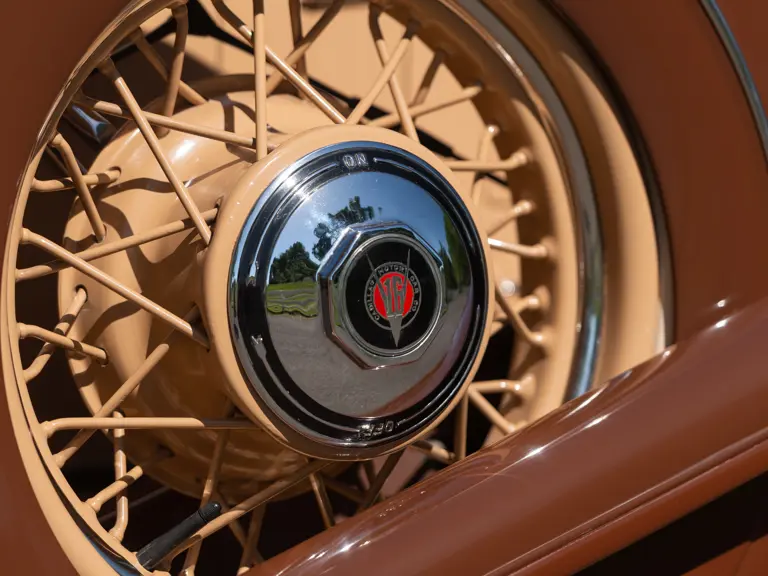
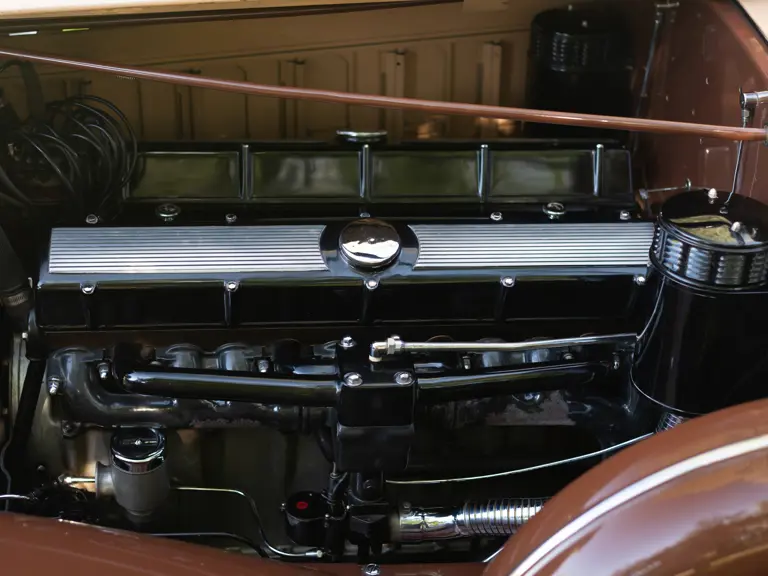
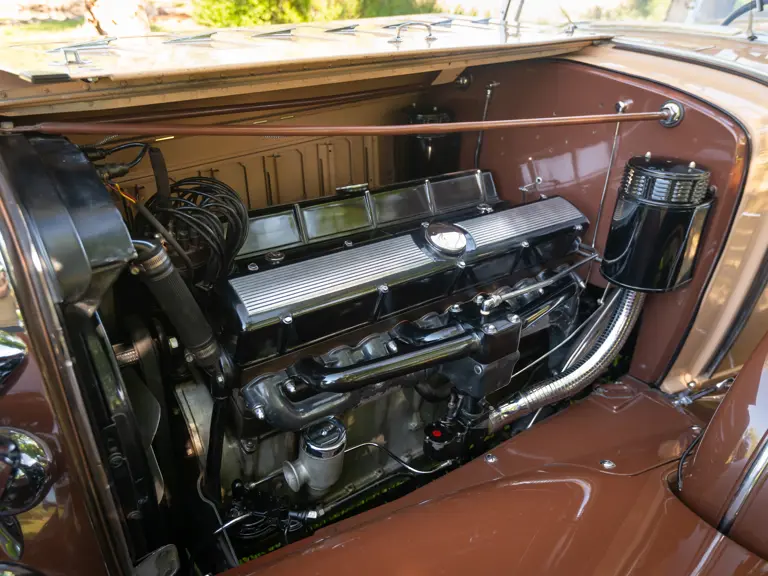
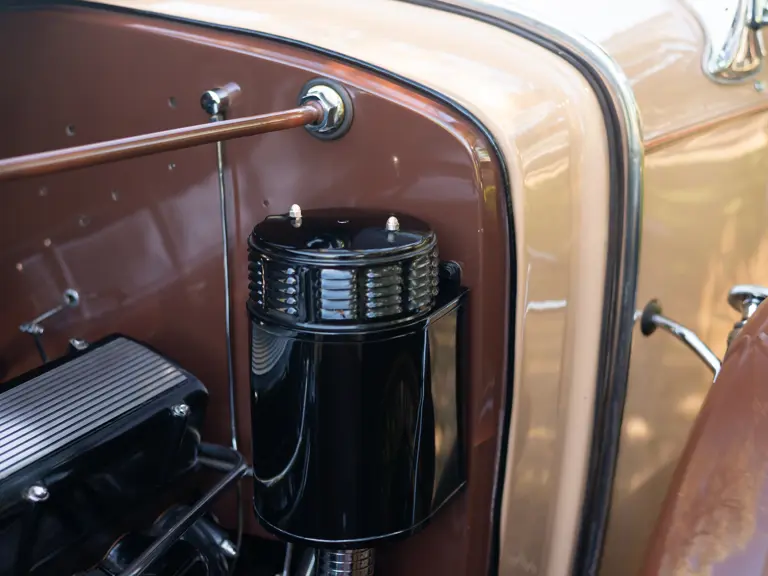
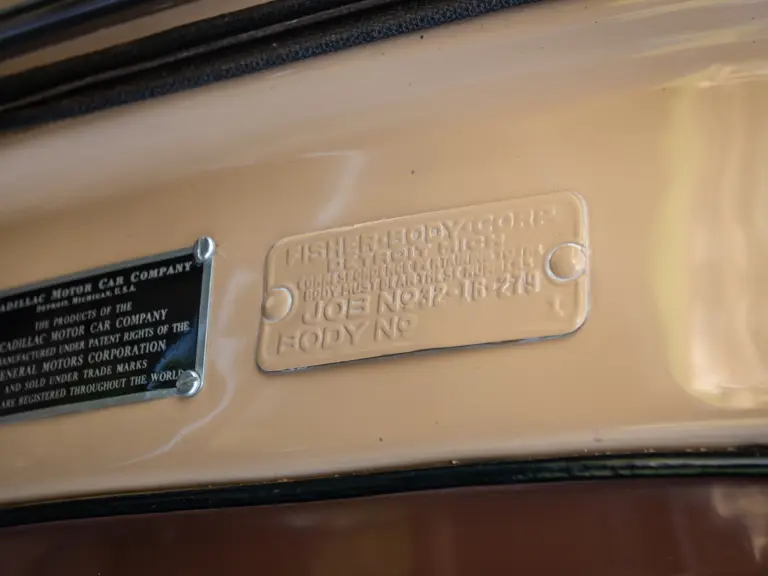
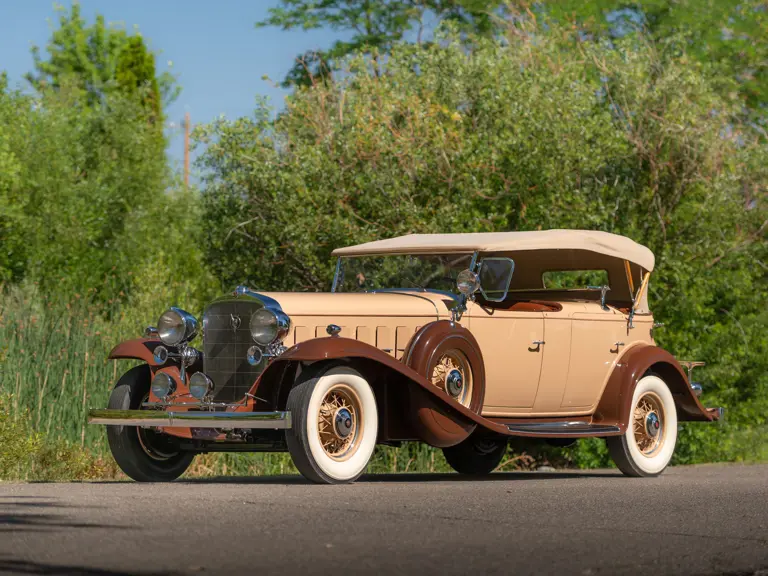
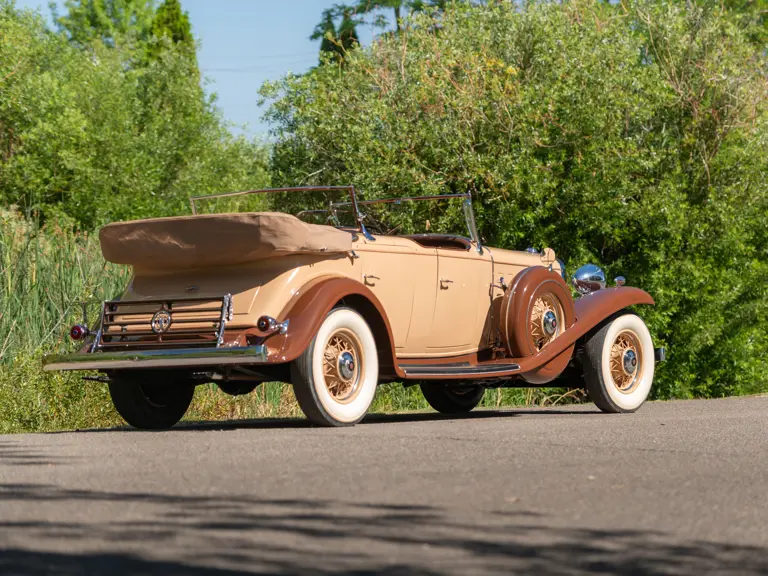


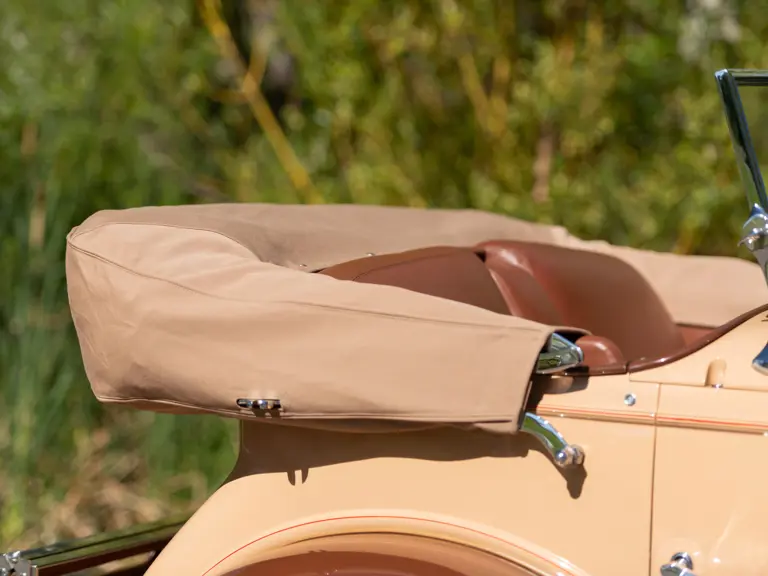
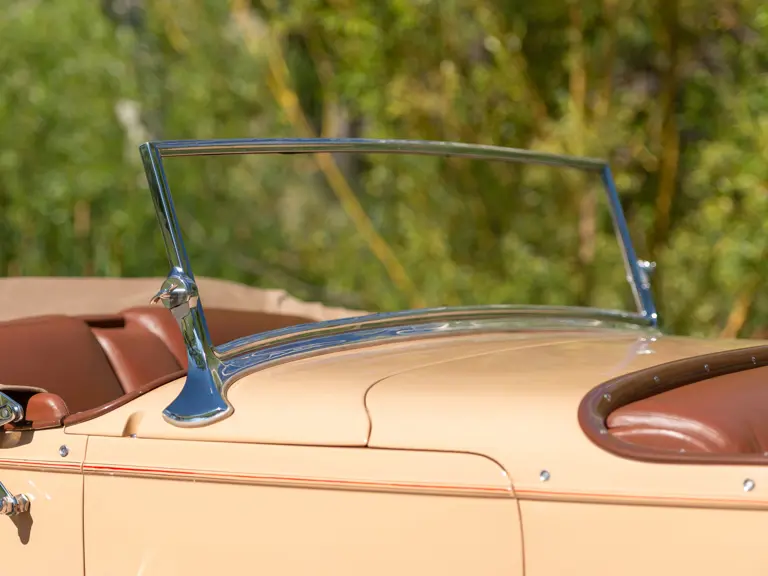
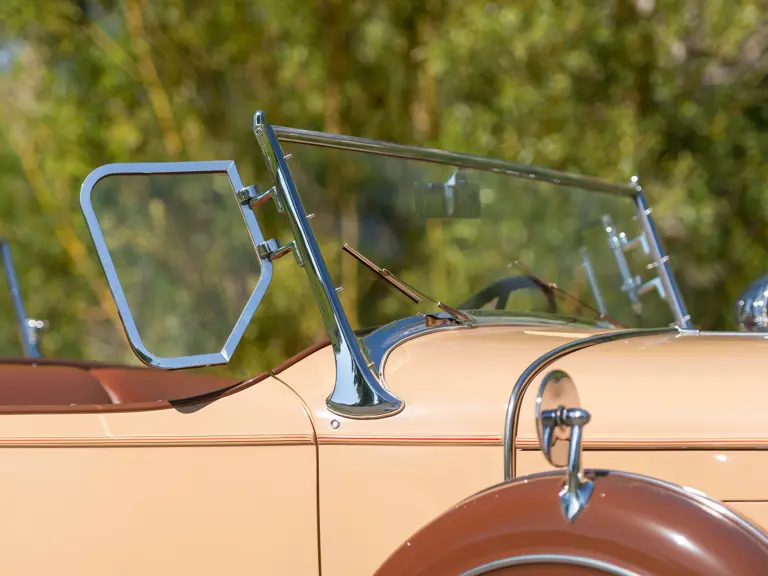
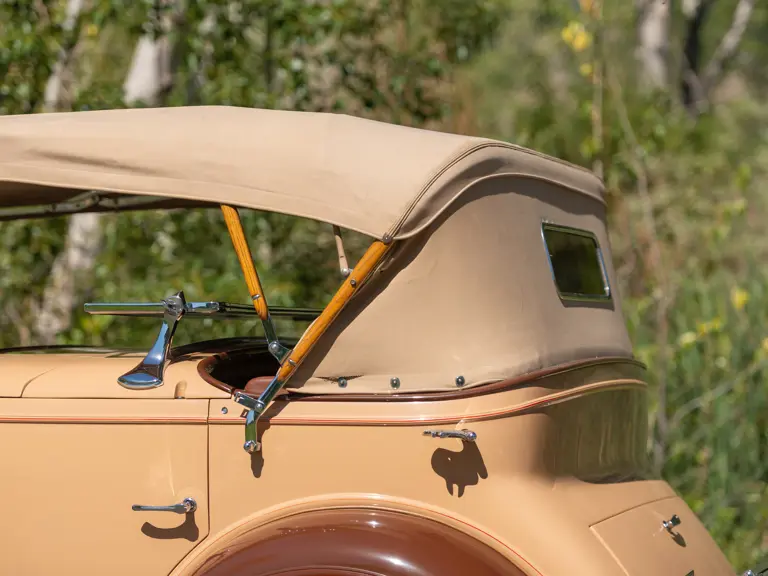
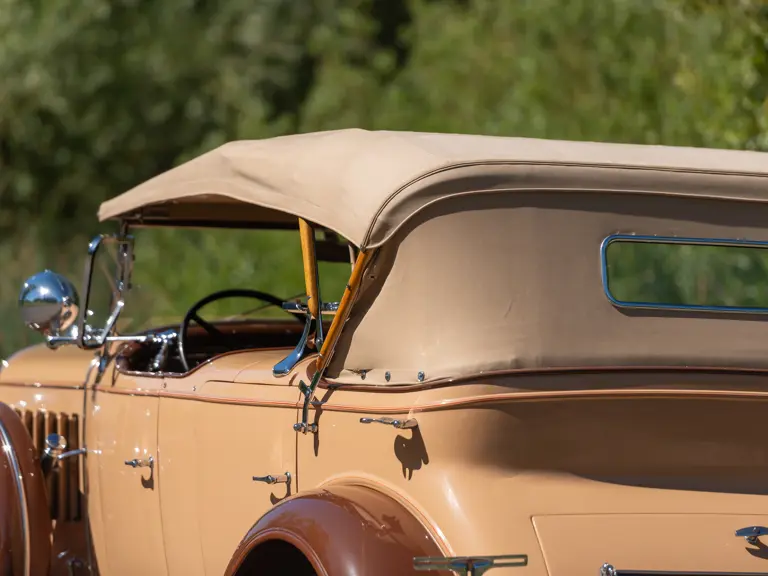
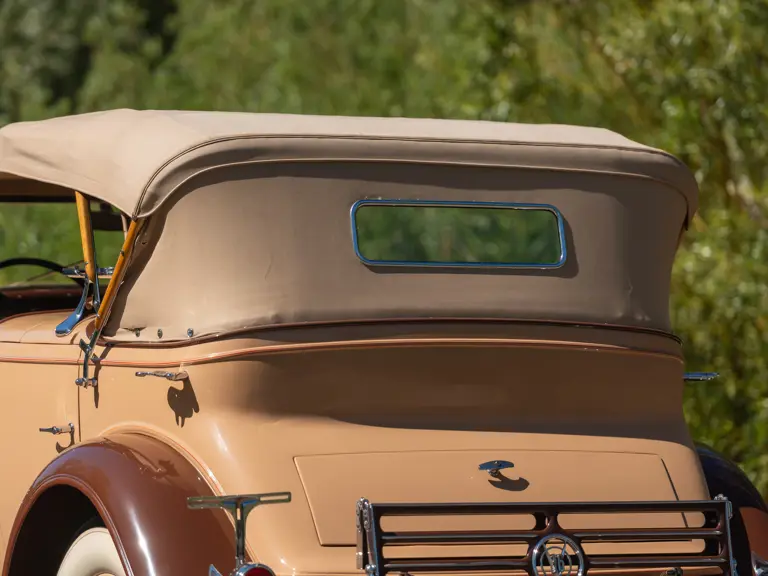
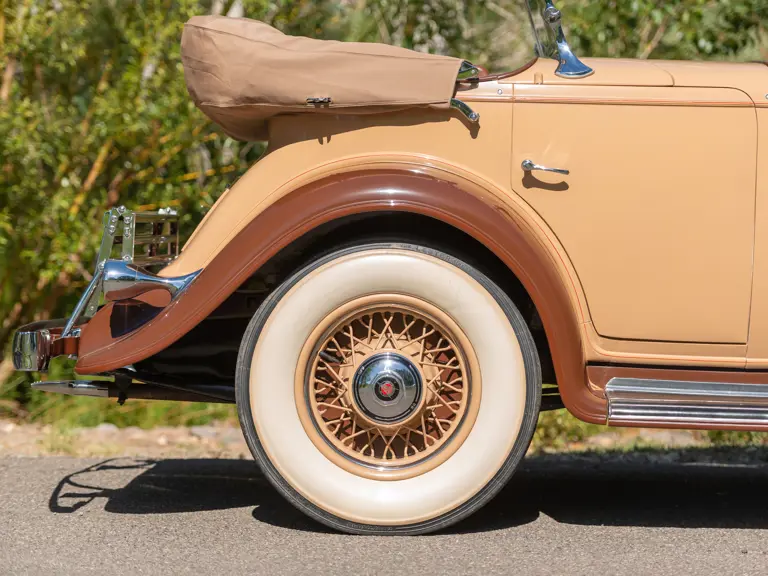
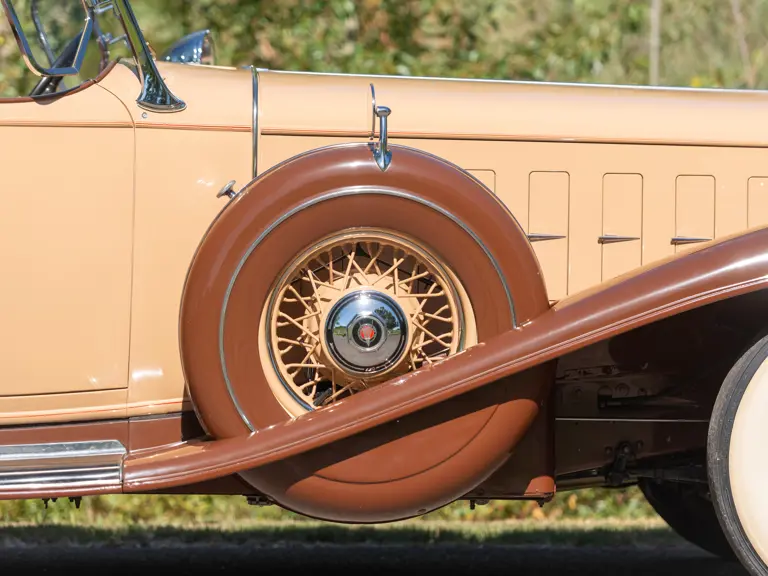
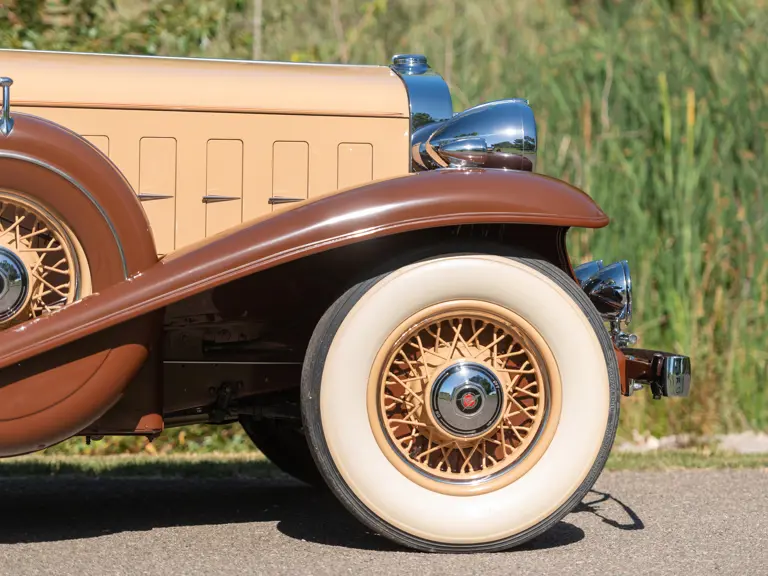
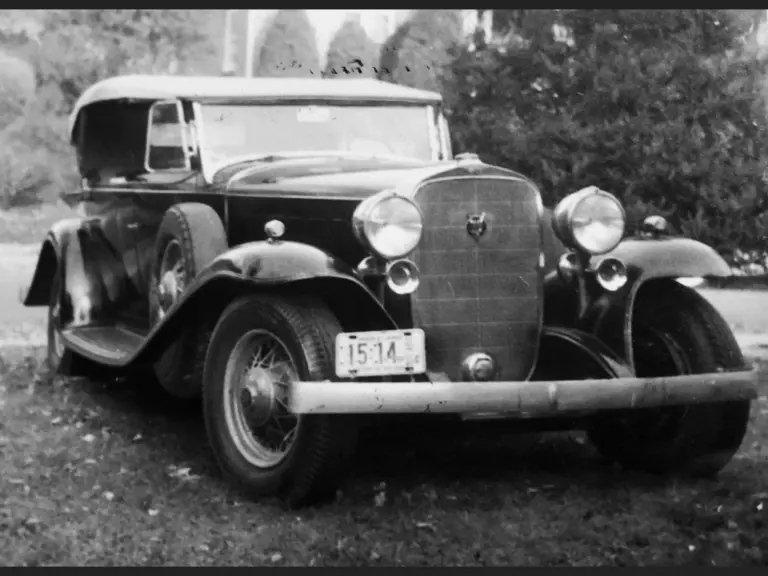

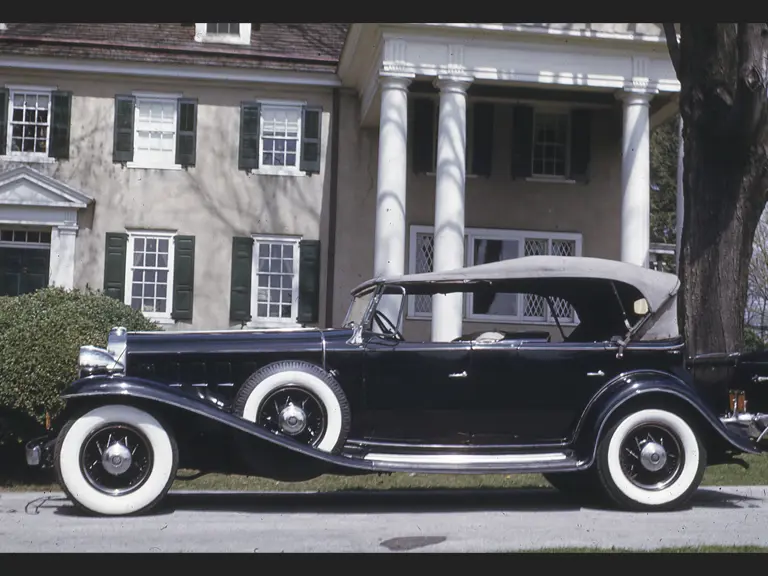

 | Monterey, California
| Monterey, California

